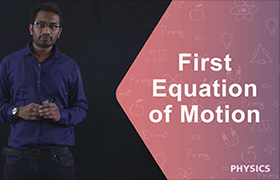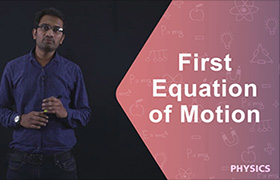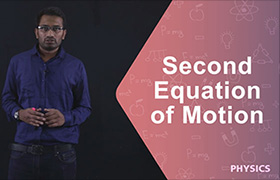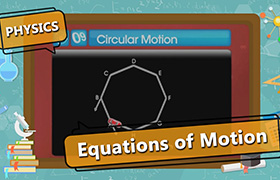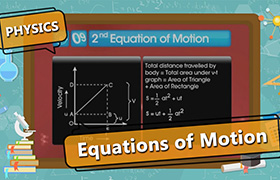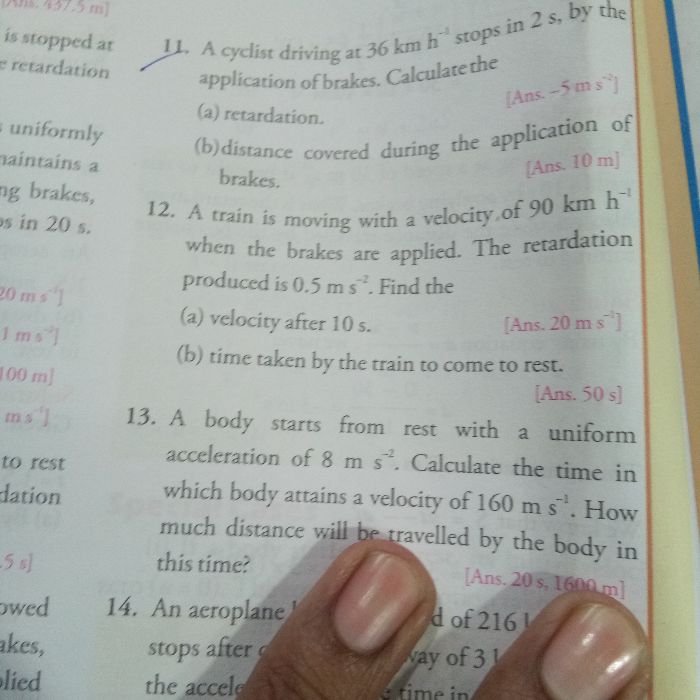ICSE Class 9 Answered
A car slows down from 108 km/hr to 18 km/hr over a distance of 40 meter. If the brakes are applied with the same force . Calculate
1) total time in which car comes to rest .
2) total distance travelled by it.
Asked by vishwadiprathod0070.9sdatl | 07 May, 2020, 11:10: AM
When, u = 108 km/h = 30 m/s
and v = 18 km/h = 5 m/s
s = 40 m
We can calculate the acceleration using 3rd equation of motion: -
v2 - u2 = 2as
(5)2 - (30)2 = 2 a (40)
25 - 900 = 80a
a = - 10.93 m/s2
Negative sign indicates that it is retardation.
i)Total time in which car comes to rest: -
As the brakes are applied with same force to bring car to rest, acceleration remains same i.e. 10.93 m/s2.
v = 0, u = 30 m/s
a = -10.93 m/s2
Thus,
v = u + at
0 = 30 + (-10.93) t
-30 = -10.93 t
Thus,
t = 2.74 s
ii) Distance travelled by car during this time is given by,
v2 - u2 = 2as
(0)2 - (30)2 = 2(-10.93) s
- 900 = 21.86 s
s = 41.17 m
Answered by Shiwani Sawant | 07 May, 2020, 17:52: PM
Application Videos
Concept Videos
ICSE 9 - Physics
Asked by 2016159 | 26 Jun, 2024, 19:13: PM
ICSE 9 - Physics
Asked by mymunathabasum1 | 24 Apr, 2023, 18:06: PM
ICSE 9 - Physics
Asked by sahuprabhat325 | 14 Dec, 2022, 08:39: AM
ICSE 9 - Physics
Asked by Ramprasadramoji | 05 Sep, 2022, 18:44: PM
ICSE 9 - Physics
Asked by savitamahajan202 | 09 Jul, 2022, 12:47: PM
ICSE 9 - Physics
Asked by 2014.476bavyashree | 23 Jun, 2022, 18:00: PM
ICSE 9 - Physics
Asked by abhaymukherjee789 | 28 May, 2022, 11:06: AM
ICSE 9 - Physics
Asked by biswasdolly84 | 26 May, 2022, 21:55: PM
ICSE 9 - Physics
Asked by dibsparna | 03 Nov, 2021, 13:54: PM
ICSE 9 - Physics
Asked by kartikbhartiya613 | 28 May, 2021, 14:36: PM


